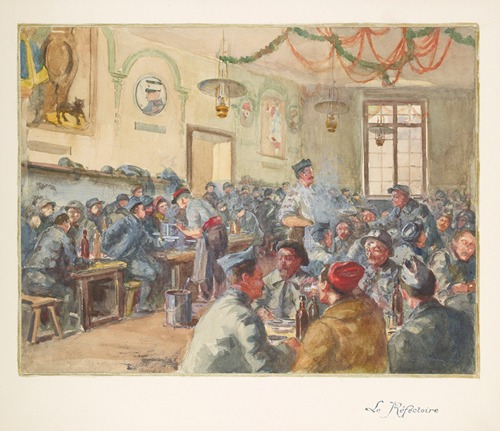
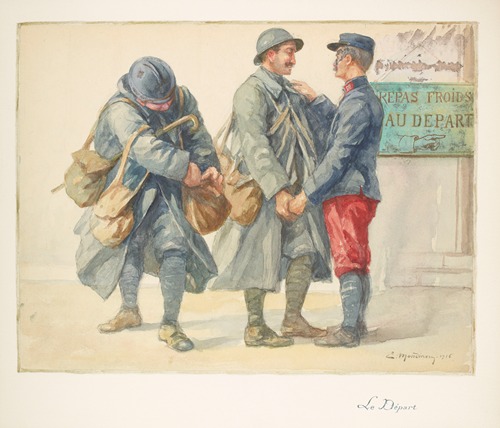
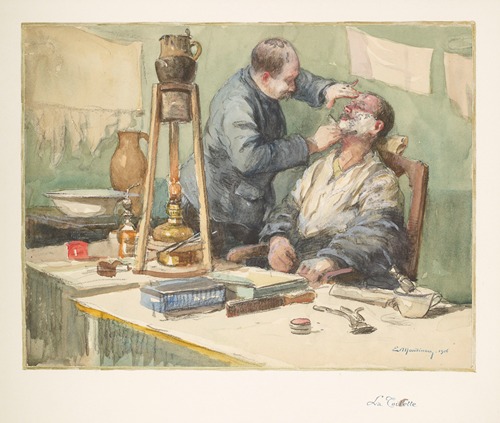
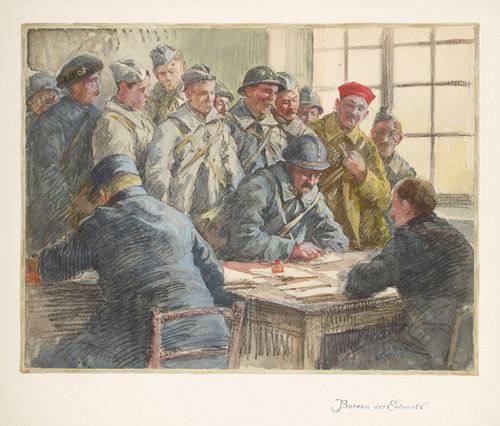
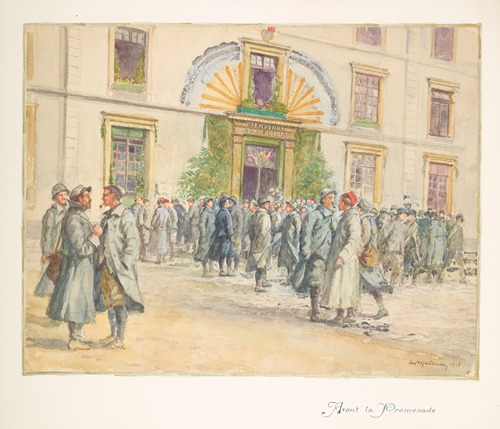
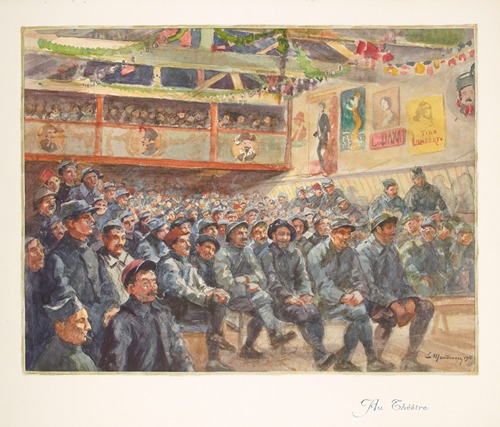
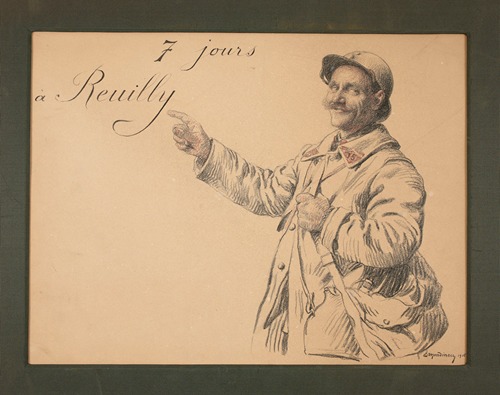
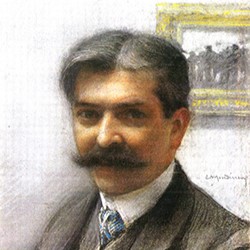

Étienne Mondineu was a French academic painter of the late 19th and early 20th centuries.
Étienne Mondineu's father, a doctor of medicine, owned the vast “Couhin” estate in Houeillès, which had been in the family since before the French Revolution.
Étienne Mondineu entered the École des Beaux-Arts in Bordeaux in 1888, then the École des Beaux-Arts in Paris in 1893, under the dual patronage of Jean-Paul Laurens and Benjamin Constant, in the studio of the painter Albert Maignan.
In 1897, he exhibited at the Salon des Artistes Français, where he received an honorable mention. The State purchased his first painting, La Fête landaise, at the 1899 Salon. From then on, he regularly participated in this artistic event, winning awards in 1900 and 1908, the year in which he was awarded a prize (hors concours) for La Lande en feu. He was now able to exhibit without having to go through the jury selection process.
A member of the Société des Artistes Français from 1902, Étienne Mondineu exhibited at all the salons in Ghent, Belgium. In the same year, he was made a Knight of the Legion of Honor.
It was during this period that he produced the large compositions acquired by the State and now preserved in public collections. In addition to the two works mentioned above, other notable works include Sortie de messe (1903) in Houeillès, La Foire à Saint-Justin dans les Landes (1907), and Un incendie dans les Landes (1901), at the town hall in Houeillès. Mondineu devoted two paintings to the theme of fire, which he sent to the Paris Salons.
These works demonstrate the artist's interest in his native Gascony and make this regionalist painter a witness of his time. La Visite du président Fallières à Nérac (1909) brings together around a hundred characters around the steps of the Albret sub-prefecture. The painter is depicted standing there in full length.
In 1911, Étienne Mondineu took part in the decoration of the Ducourneau Theater in Agen alongside Antoine Calbet from Agen and Abel-Dominique Boyé from Marmande. In one of the small apses in the foyer, he painted an allegory entitled La Musique et le Chant (Music and Song). In the commemorative register, in the aftermath of the First World War, he produced a painting at the request of the parishioners of Torcy in Seine-et-Marne, in homage to the eighty Torcéens who were victims of the Great War. The National Library holds six watercolors on the theme of the head of state's family in the Raymond Poincaré collection.
Although Mondineu's work is known for his large paintings, most of which were acquired by the state, more intimate paintings can be found in private collections owned by his descendants. Some of the painter's works have also been catalogued in magazines and press clippings, but above all on postcards published during the Paris Salons. Most of the artist's work is scattered throughout private collections. Examples include Combat d'ours et de chien en Gascogne (1904), acquired by the Bristol City Museum and Art Gallery.
As a genre painter, Étienne Mondineu focused on depicting scenes of rural life in Gascony, particularly in the Landes region (field work, fairs and markets, forest trades, and hunting scenes), providing a testimony to life in the area around Houeillès. However, he also explored other genres such as landscape (the Lot-et-Garonne, the Landes, the Pyrenees, and the Basque coast), as well as intimate scenes, nudes, and portraits.
Sketchbooks attest to his mastery of drawing.
Mondineu died on July 28, 1940, in his home in Couhin, which has since been destroyed.






